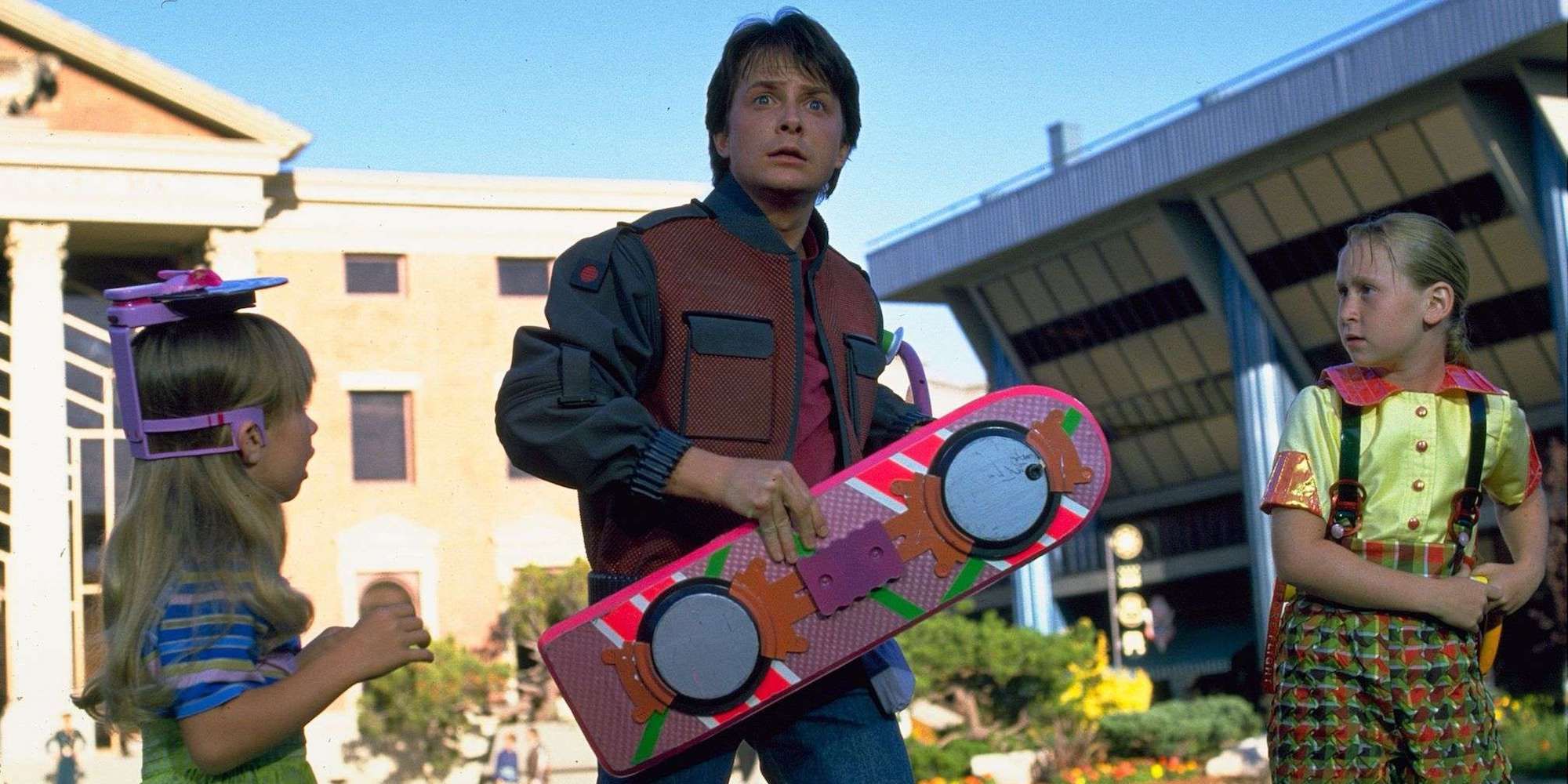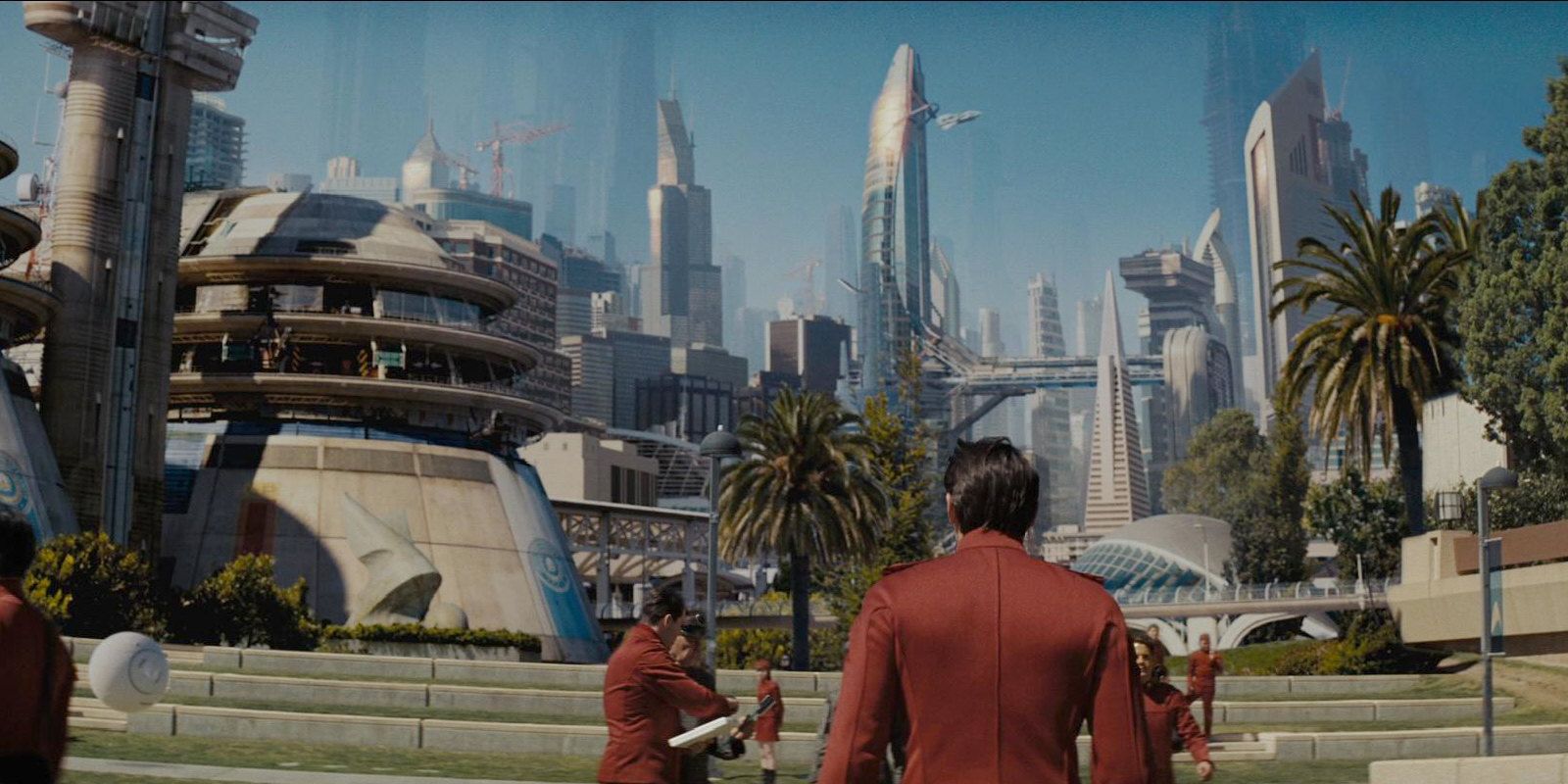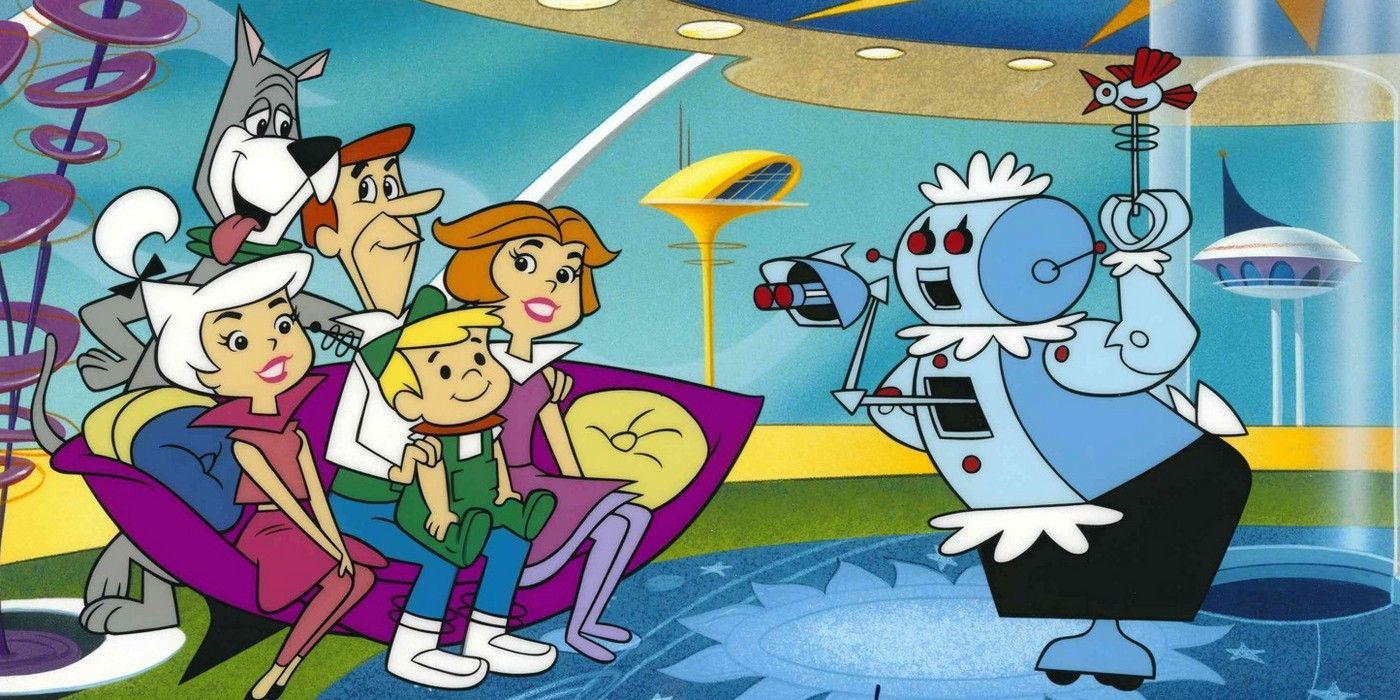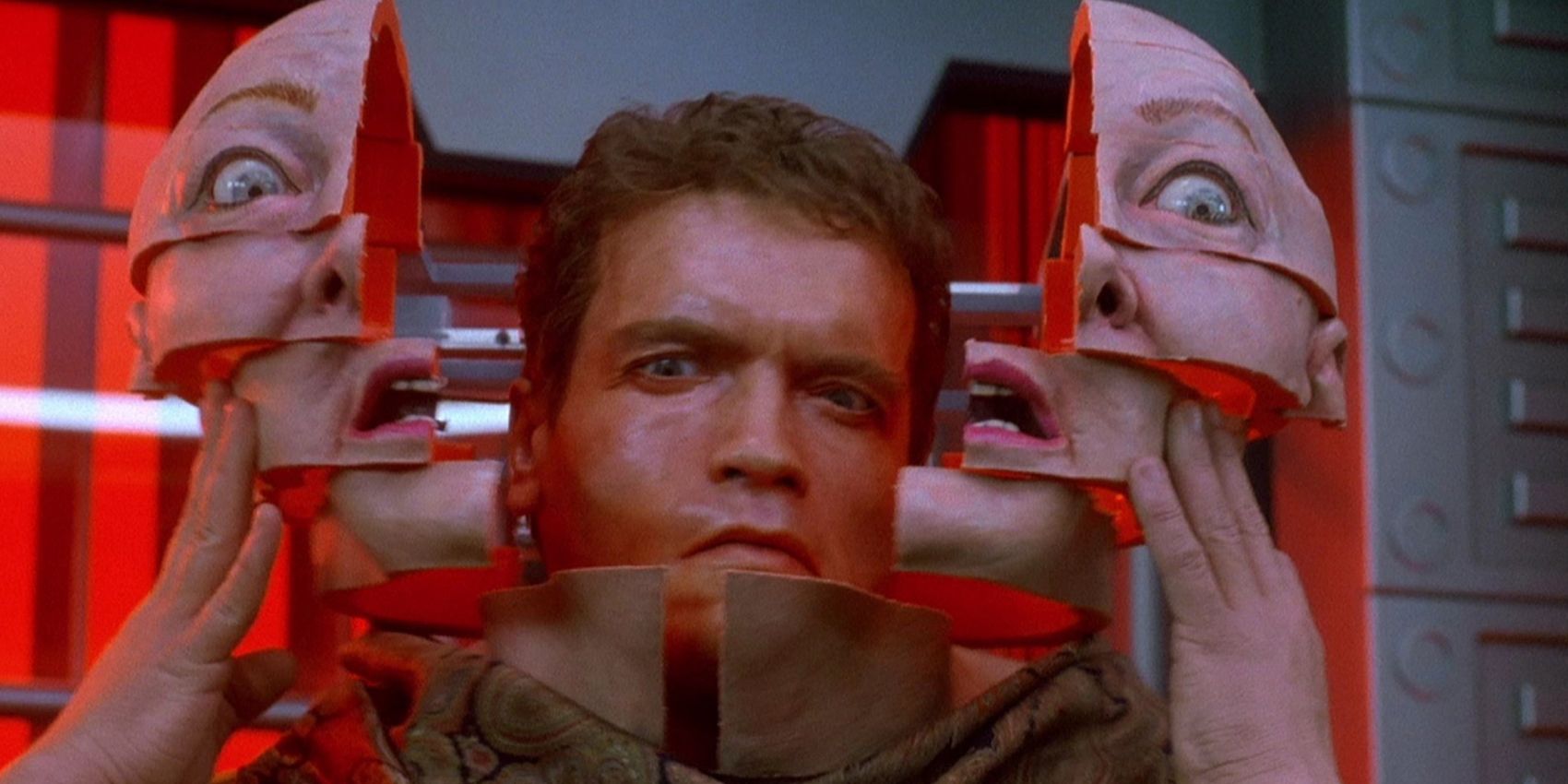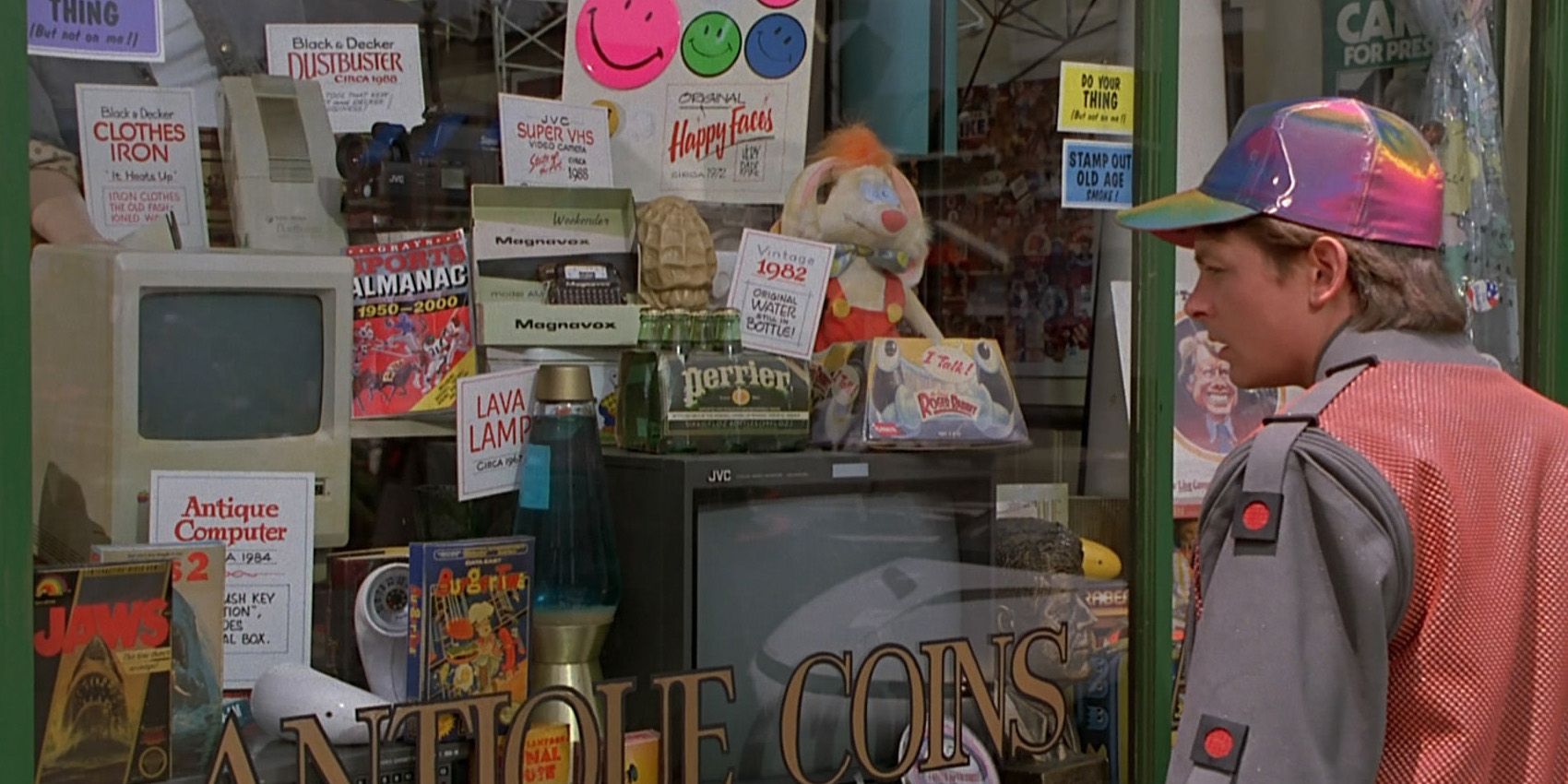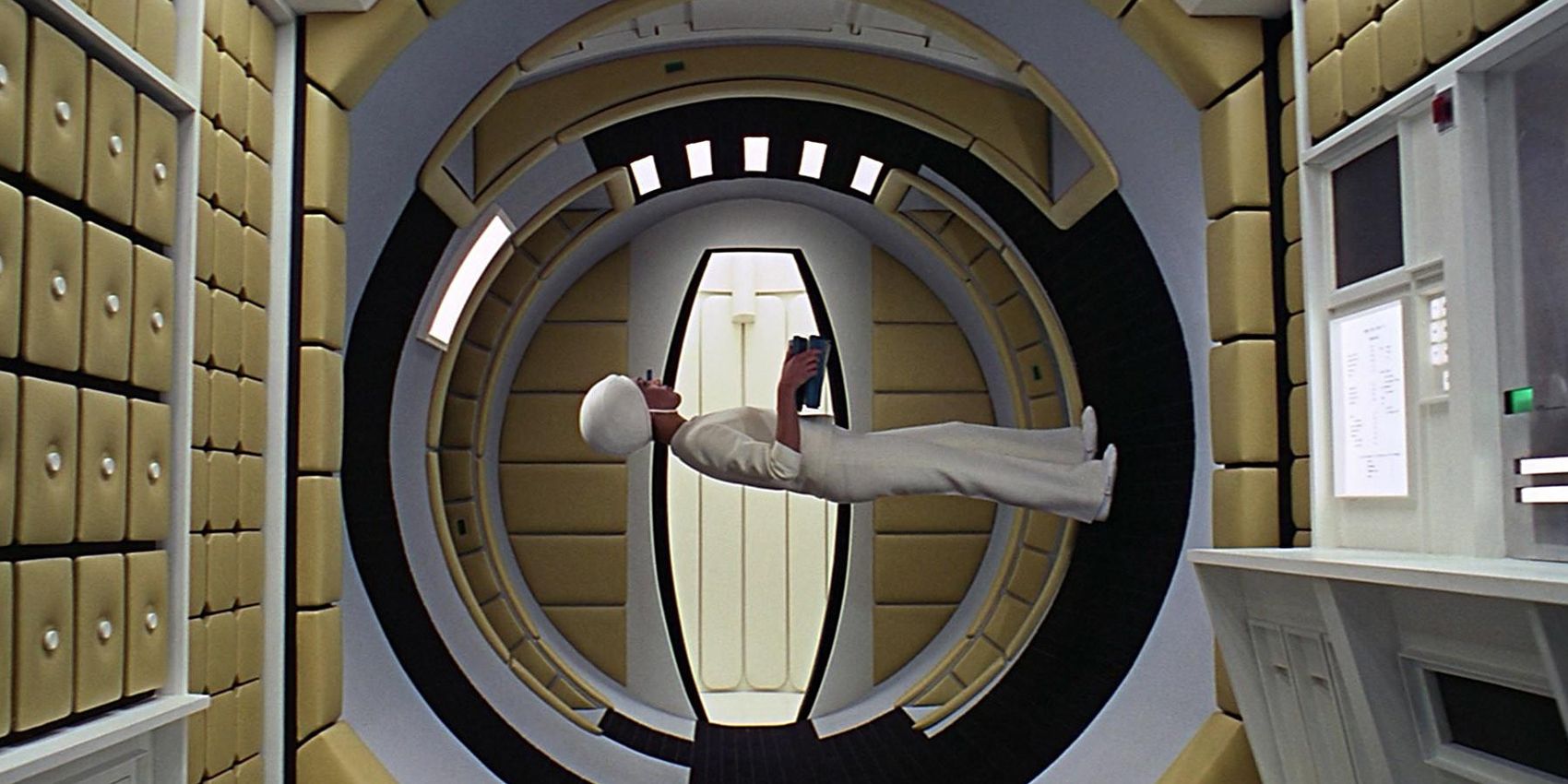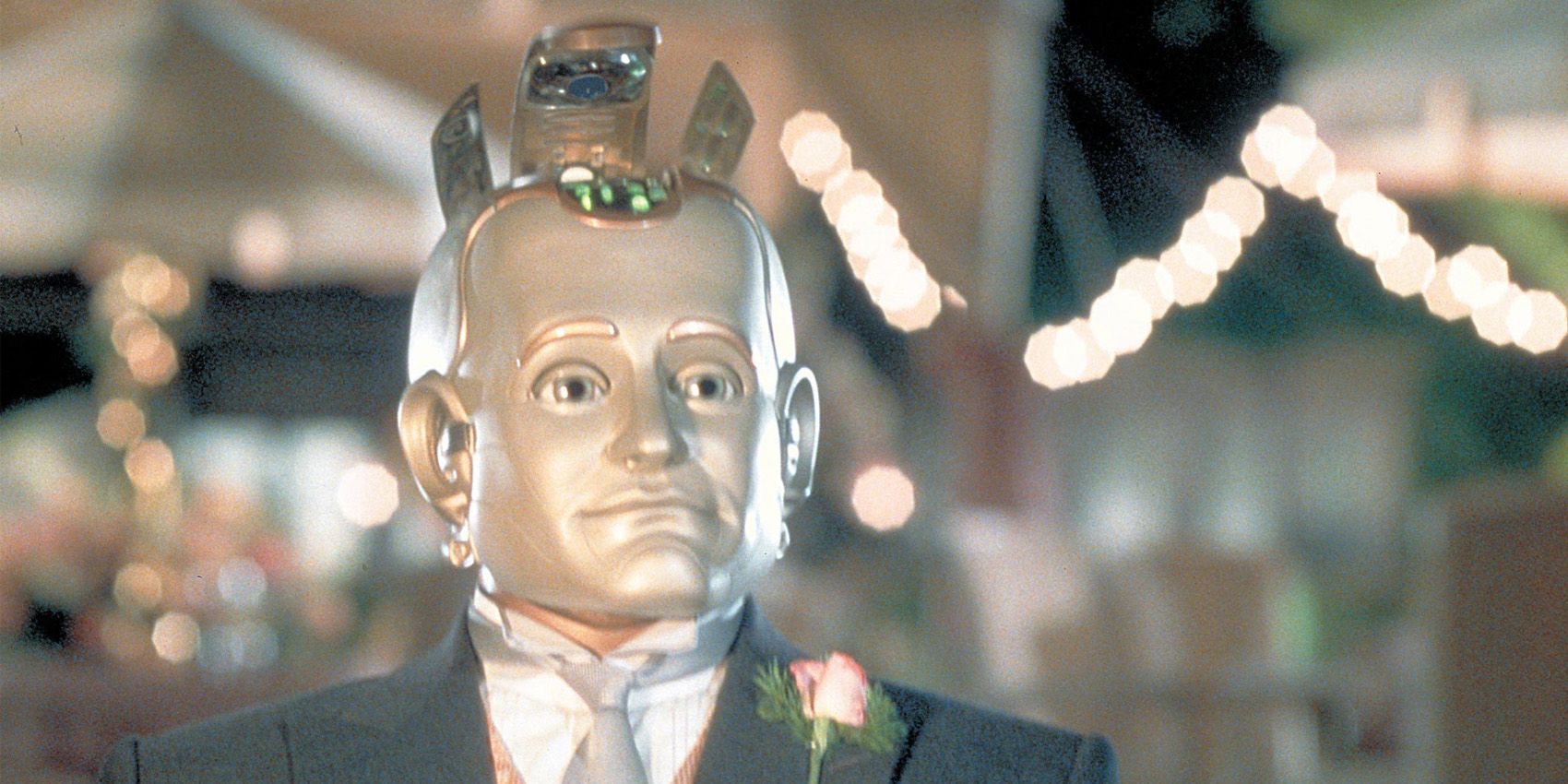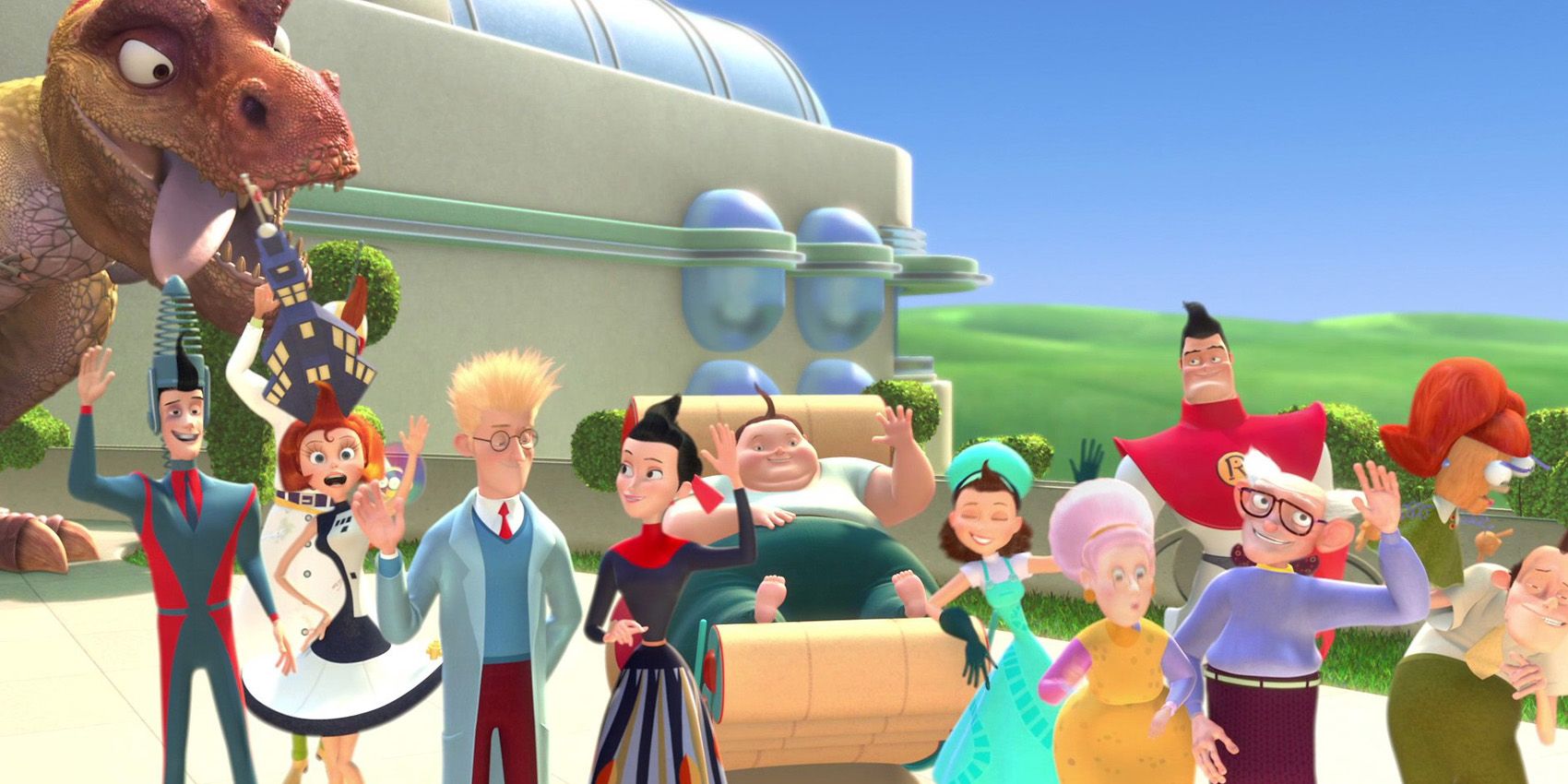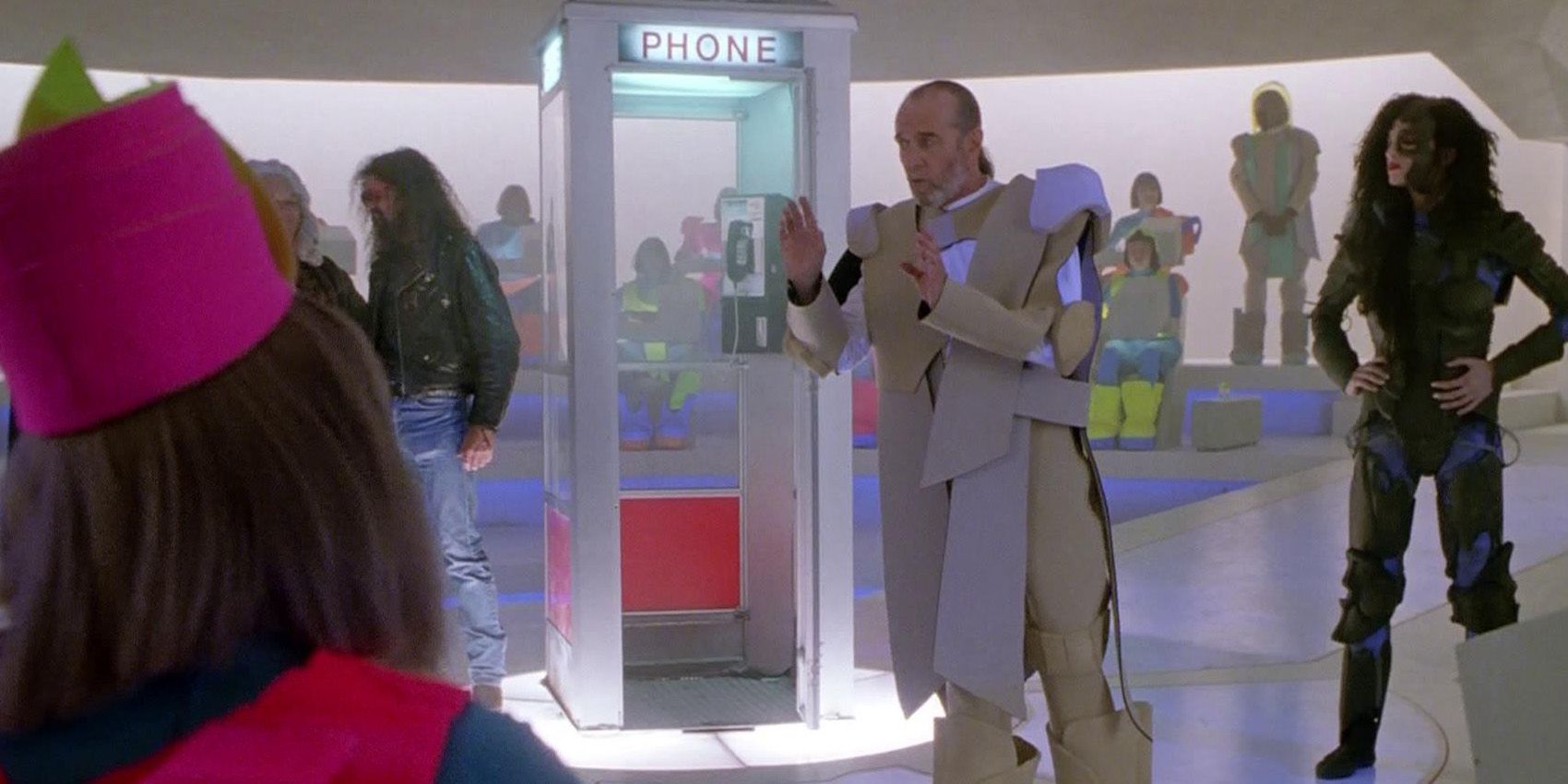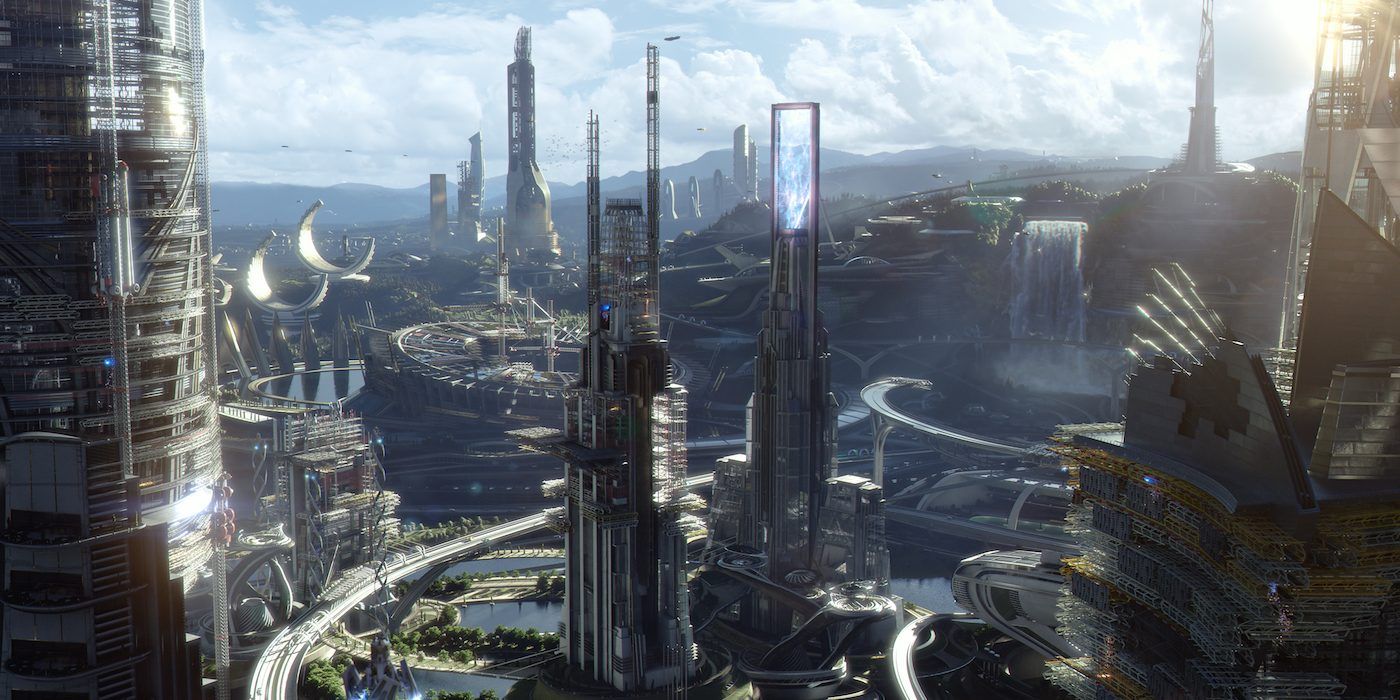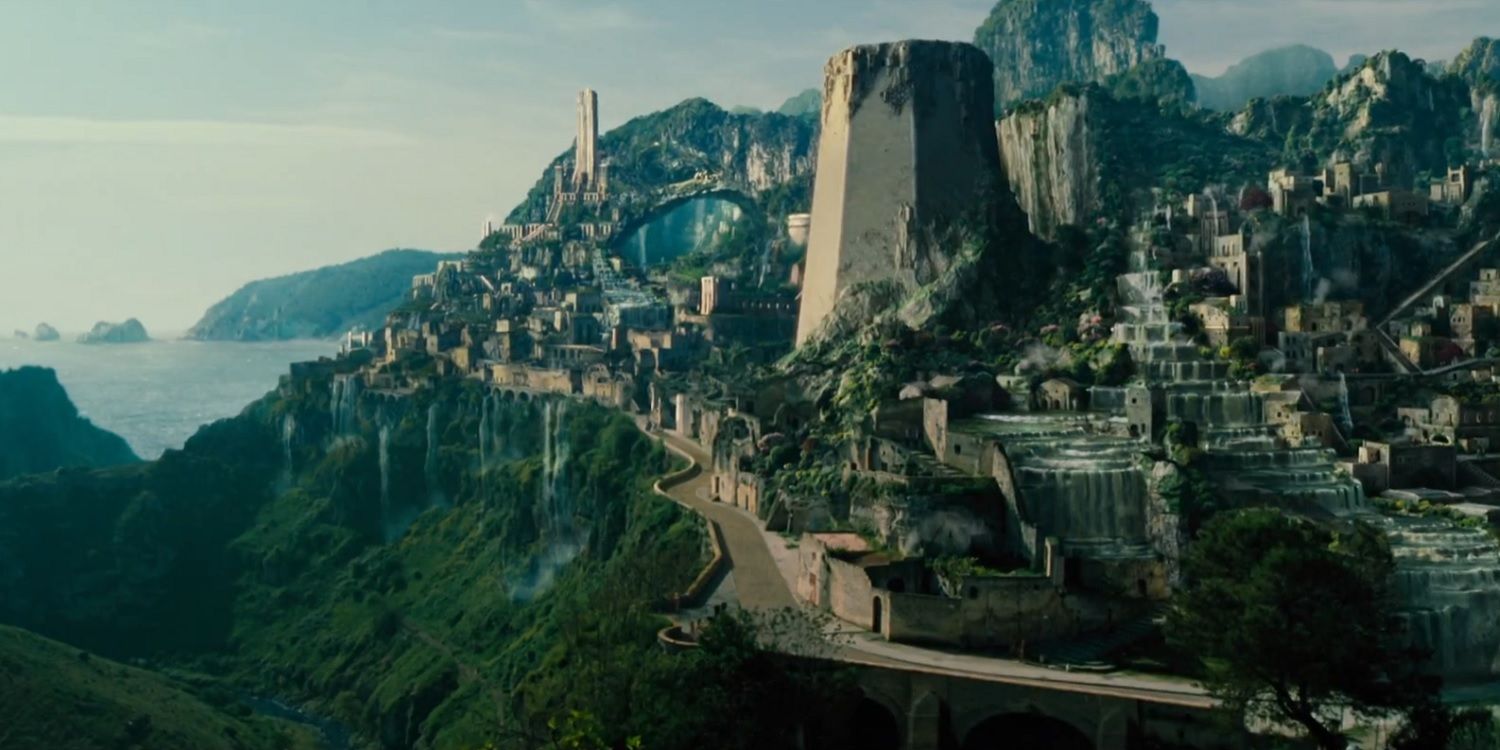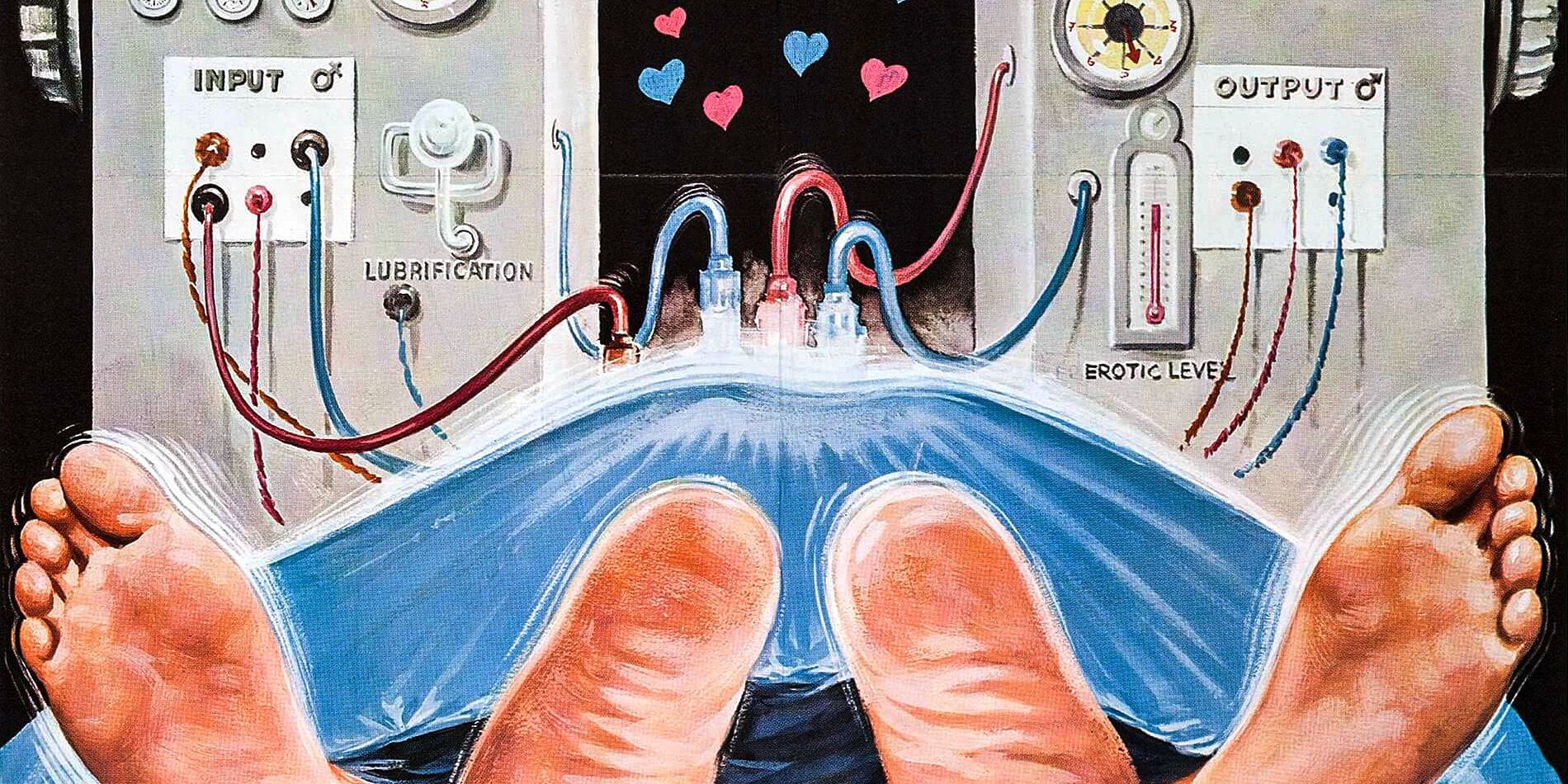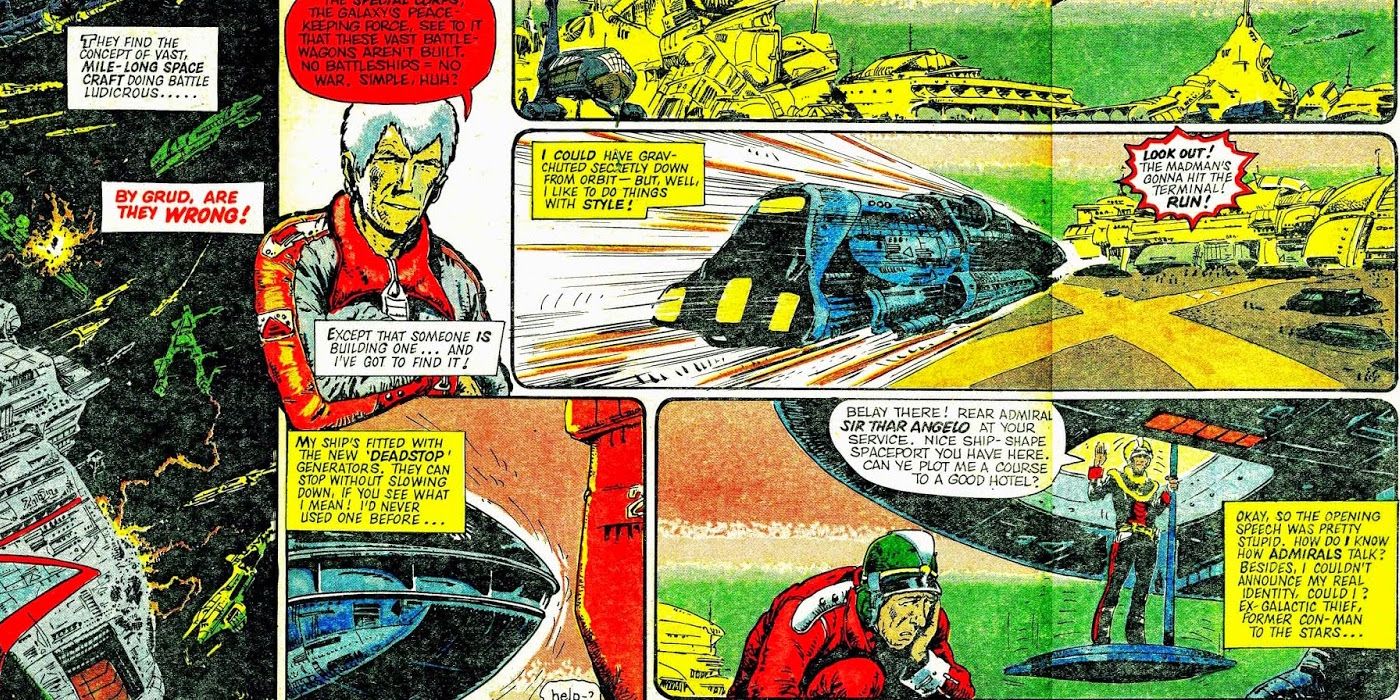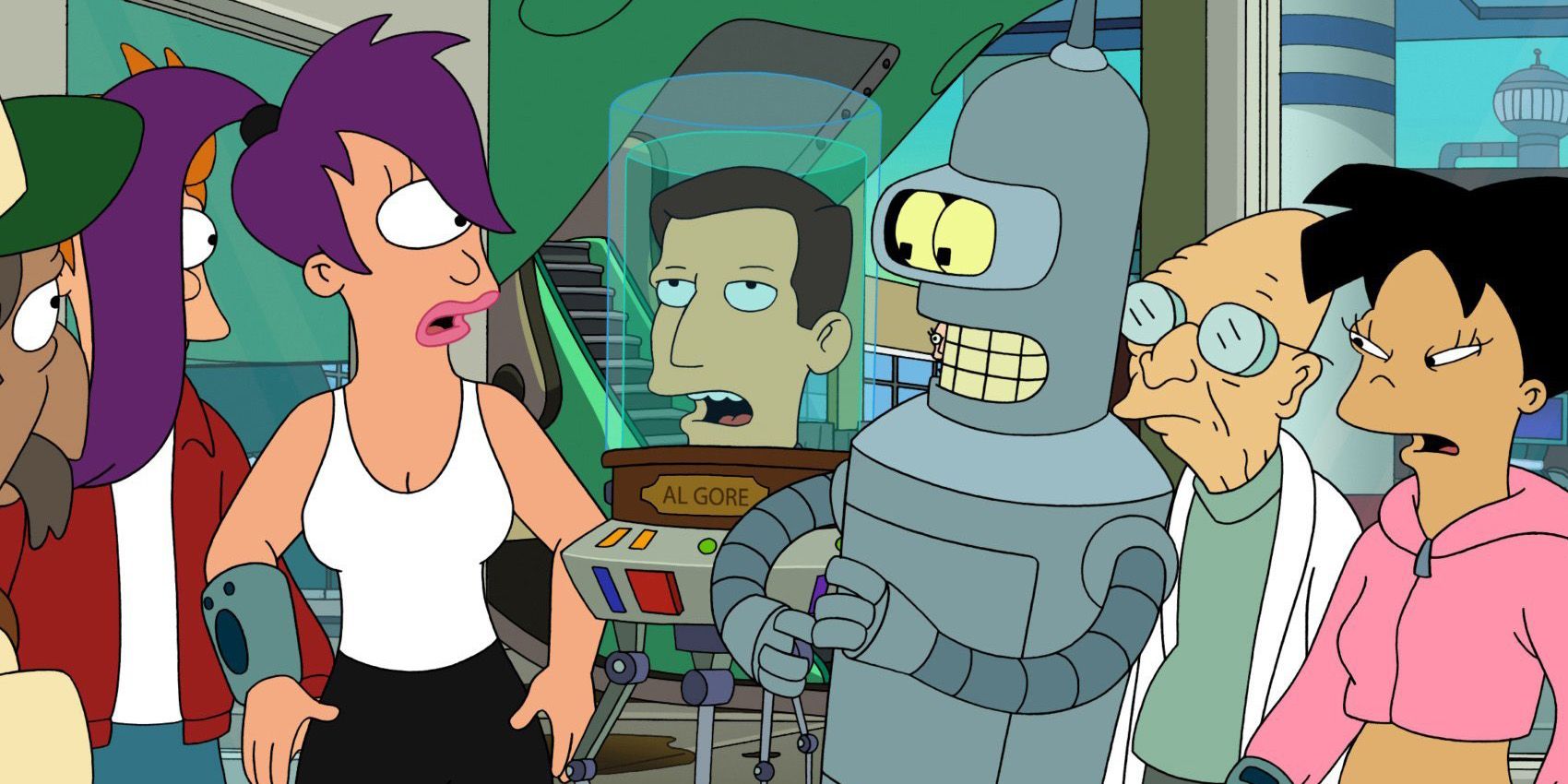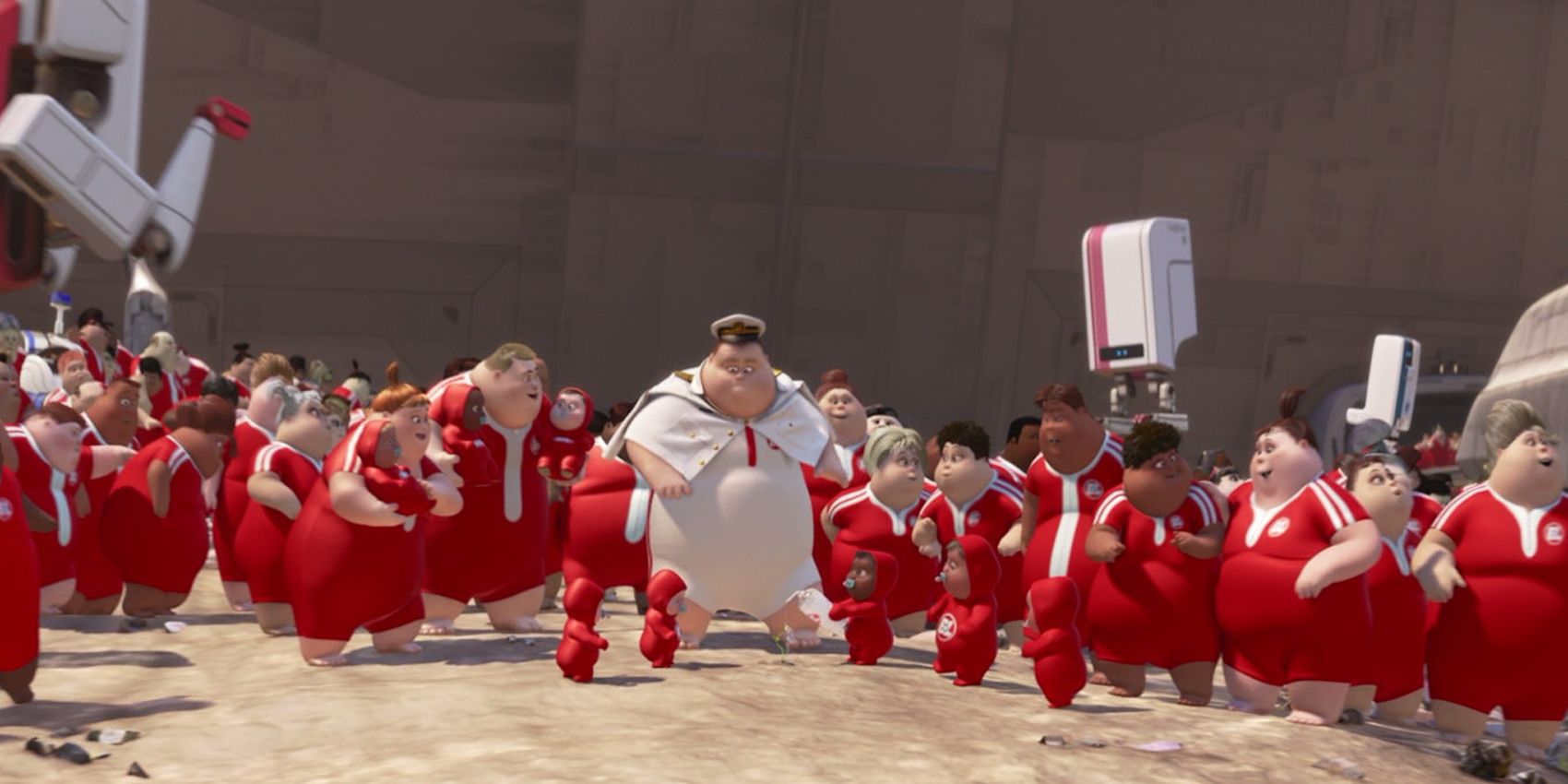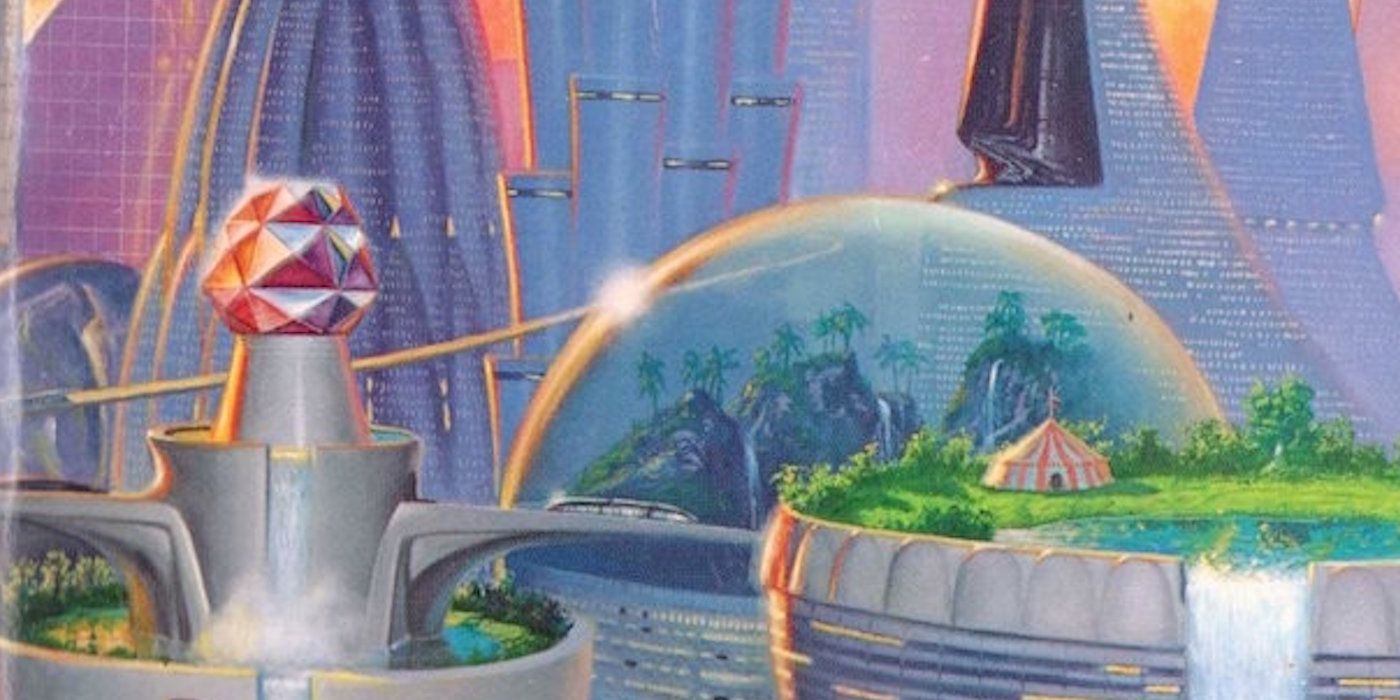1984 sucks. Not George Orwell's classic 1948 book, of course, which Guardian readers voted the "definitive book of the 20th Century" and which recently returned to the best-seller list. We're not referring to the highly influential film adaptation (not so coincidentally released in 1984) either, which returns in April to theaters across the U.S. for a special one-night screening. Rather, we're referring to the reality of living in that totalitarian police-state dystopia, subjugated under Big Brother's unblinking eye and forced to love it. It would be awful.
"If you want a picture of the future," Orwell wrote in one of the novel's most famous passages, "imagine a boot stamping on a human face – forever." And though the boot becomes more stylish as special effects improve, science fiction rarely shows us futures with unsmashed faces. Mad Max, Neo, and John Connor are equipped to take a pounding and even kick back, but the following fictional worlds are notable for being livable even for average schmucks without the benefit of armored tanker trucks, kung-fu, or gun-kata.
For a less-depressing, often brightly colored vision of things to come, visit these 15 Sci-Fi Futures You'd Actually Want To Live In.
15. Star Trek
With an optimistic outlook promising peace on Earth and an end to poverty and intolerance, the Star Trek franchise is the standard-bearer for science fiction that gives fans hope for the future. Sure, things can get dark — friends and family die at the hands of old adversaries, entire planets are destroyed, Uhura has to perform a naked fan dance for God knows what reason — but for all the homebody Earthlings not boldly going all over the final frontier in a faster-than-light starship, life is presumably pretty sweet and stress-free.
Aside from the occasional false-flag attack, fascist dictator resurrected via time-travel butterfly effect, or alien species threatening to end the world if they can't talk to humpback whales, the biggest problem facing a typical Earth-dweller would probably be finding an affordable apartment in San Francisco, already nigh-on impossible long before the United Federation of Planets sets up shop.
14. The Jetsons
"Where's my flying car?" In George Jetson's world, first introduced to viewers in 1962, this question is not a rhetorical lament of the disappointing disparity between reality and expectation, between the future we're promised and the present we live instead. It's just another way to say, "Where did I park?" Robot servants, alien pets, high-rise housing and that ever-elusive flying car – all paid for by a nine-hour work week – make Hanna-Barbera's vision of the future for middle-class families one of the most beloved and longed-after even to this day, more than 50 years later.
While some of the show's predictions have become a reality and others are not nearly so optimistic (the Jetsons' Skypad apartment is built to rise above a presumably unbreathable layer of air pollution choking Earth's atmosphere, and George only knows about grass from "ancient history" class), The Jetsons guaranteed that multiple generations of drivers are disappointed whenever an auto company's latest line doesn't come equipped with wings.
13. Total Recall (1990)
Obviously, Arnold Schwarzenegger's Douglas Quaid doesn't have it easy. Memory erasure, murder attempts made by his wife and friends, and an elaborate plan to make him think he's lost his mind turn his life into a (possibly actual) nightmare. If you, like so many American moviegoers, ignore the fact that Quaid's ultimate fate is to be played by Colin Farrell in a profoundly forgettable remake, the mutants on Mars have it even worse — especially after Cohaagen turns off the oxygen in Venusville.
But, for everyone who's not a mind-altered double agent or a Martian miner, the future looks like a fairly comfortable place where it's apparently not that out of the ordinary for a construction worker to live in a sweet futuristic pad with his wife, pre-Basic Instinct Sharon Stone. Three-breasted Martians notwithstanding, many people in Quaid's place would've forgotten all about Rekall's false-memory vacay and bought two tickets to the Bahamas.
12. Back to the Future Part II (Take 1)
When Marty McFly inadvertently gives bully Biff Tannen license to remake the world in his butthead image with the Grays Sports Almanac in Back to the Future II, the dystopian Hill Valley that Tannen creates seems so much worse in comparison to the tantalizing glimpse of what might have been instead. Cars that not only fly but run on garbage, holographic movie ads, prosthetic make-up that can transform anyone into Crispin Glover, and of course hoverboards, are just some of the miraculous bits of technology widely available in that version of 2015.
More than a year after Back to the Future Day, some parts of that future have come true and others are woefully off-base. "Hover boards" have wheels, auto-lacing Nikes are available but far from common, and the Cubs actually won the World Series, albeit a year late. It seems like the world still hasn't quite recovered from Tannen's theoretical reign of terror, but maybe we'll get there in time.
11. 2001: A Space Odyssey
The astonishingly accurate rocket science in Stanley Kubrick's classic vision of 2001 didn't stop the 1968 film from being almost completely wrong about what life would look like at the turn of the 21st century. The noiseless vacuum of space, the almost excruciating slowness (relatively speaking) of long-distance space travel, and the inconvenience of movement in zero-gravity environments are all recreated with Kubrick's signature cinematic precision, but unfortunately, the director and his collaborator, science-fiction legend Arthur C. Clarke, proved much too optimistic about the progress of manned space exploration.
Apollo 11 safely landed men on the moon a little more than a year after the film's release, and the International Space Station is clearly a triumph of human ingenuity, but — barring the sudden appearance of some mind-bending Monolith — lunar colonization and a manned trip to Jupiter (not to mention "Beyond the Infinite") still seem decades away at best. And that's not even taking into account whatever the heck we're supposed to do about that naked bubble baby thing when it shows up in Earth's orbit.
10. Bicentennial Man
"May you live in interesting times," says a famous "Chinese curse" that Chinese people probably don't actually say but that people repeat because it sounds about right. If interesting equals unpleasant and happiness is boring, then the future depicted in this film, which Roger Ebert called "a cornball drone of greeting-card sentiment" might just be the most enjoyable of any on the list. The human characters in Bicentennial Man — based on an Isaac Asimov novella — seemingly have nothing better to do with their lives than laugh at the mildly amusing antics of android manservant Andrew and fret over his growing sentience before dying peacefully of old age in their own well-appointed beds.
And in this case, "fret" means "mull it over from time to time," because, unlike the sentient servants in the 2004 adaptation of Asimov's I, Robot, the man-machine in Bicentennial Man never even threatens to break the author's famous "laws of robotics" which prevent robots from harming humans. Instead, Andrew's two centuries of sentience culminate in his respectfully petitioning the government to consider him a human being, which it does, just before — you guessed it — he passes away peacefully in his own bed.
9. Meet the Robinsons
Many time-travel stories, including a few on this list, posit a cheery utopian future only to replace it with a dismal dystopian nightmare as the result of unintended consequences from a protagonist's mistake or intentional antagonistic foul play, but Disney's 2007 film Meet the Robinsons is quite possibly the only one in which the fate of the future hinges on a science fair experiment and a little league fly ball. A bright future filled with pet tyrannosaurs, talking frogs, time machines, and...uh, puppet wives, awaits the world in 2037, if only the right orphaned children are adopted and nurtured by the right loving families.
Otherwise, as might be expected, the world will be taken over by malevolent mind-controlling bowler hats. The future rarely looks quirkier than it does in Meet the Robinsons, but humanity could certainly meet far worse fates than this childlike vision of acceptance, individuality, progress, and love.
8. Bill & Ted's Bogus Journey
Throughout the course of the two (and possibly counting!) Bill & Ted movies, the audience only gets a few enticing suggestions of the peaceful, environmentally conscious, party and waterslide-loving future society inspired by the Wyld Stallyns' exhortation to, "Be excellent to each other," but we know they are capable of traveling through time and outer space, they still bowl and play miniature golf, and they are absolutely obsessed with neon.
To the unevolved and untrained ears of present-tense viewers, the actual music performed by philosopher-rockstars Ted "Theodore" Logan and Bill S. Preston, Esq,, may sound less than triumphant, but it obviously offers the kind of history-altering profundity only acquired from studying the triumphs and failures of humanity's greatest thinkers, artists, and leaders up close and personally. This sort of advanced state of thinking can only come from recreating the poet Dante's journey from the depths of hell to the zenith of heaven, defeating Death, winning a battle of the bands, and getting a passing grade on a school assignment. When they say "God Gave Rock And Roll to You" they mean it literally, and when they say, "Party on!" it's not just a suggestion: It's hard-won wisdom worth building an entire way of life upon.
7. Down and Out in the Magic Kingdom
"I lived long enough to see the cure for death ... to realize my boyhood dream of taking up residence in Disney World; to see the death of the workplace and of work." So begins Corey Doctorow's award-winning 2003 novel, but the author cautions that he never intended the book to be seen as utopian. In Down and Out's 22nd Century — where scarcity of almost any kind is unheard of — people have their physical needs met as a matter of course, medical science has eliminated diseases, and even death through misadventure can be combated by downloading a backup consciousness into a lab-grown clone.
Narrator Julius is free to pursue his hobbies and interests full-time, composing symphonies and obsessing over minute details of Disneyania, in an economy based on reputation and respect. Unfortunately, competitive human nature still creates a deadly environment when two opposing factions go to war over the future of the Magic Kingdom: will it become a true Tomorrowland of augmented reality and other high-tech gadgetry or remain a nostalgic relic of the distant past? These are the kind of problems humanity wants to have.
6. Herland
The main ingredient required to create a peaceful, egalitarian paradise in Charlotte Perkins Gilman's 1915 novel Herland is a volcanic eruption killing almost all of the men and sealing the country off from the rest of the world. Early 20th Century feminist author Gilman is probably best known today for her 1892 short story "The Yellow Wallpaper," but parts of Herland (primarily the parts that have aged well in the age of intersectionalism) can still be seen in fictional Amazonian countries like Wonder Woman's Themyscira, but also in actual communities founded on similar principles, and in one case currently being built using the novel as an actual blueprint.
Unlike many of these no man's lands, Gilman's matriarchal society lets the boys play, too, allowing the male explorers who happen upon Herland to remain as long as they conform to the new set of gender norms — not exactly easy for men raised to accept chauvinistic double standards as human nature. This begs the question debated since Thomas Moore introduced his Utopia to the lexicon in 1516: is it possible for a perfect world to look the same in the mind of more than one person?
5. Love and Energy
Make love, not Mad Maxes. The depletion of the world's supply of oil is the basis for many horrifying dystopias, most of which don't even have the decency to include a Thunderdome, Tina Turner, or flame-throwing electric guitars. Pasquale Festa Campanile's 1975 Italian comedy Love and Energy, aka The Sex Machine, however, envisions the ever-looming energy crisis as an eyebrow-raising opportunity when scientists in 2037 discover a way to harness the power generated by "the world's oldest source of reciprocating motion." Wink wink, nudge nudge.
The film, based on a novel written by the director, plays out as high-concept bedroom farce and social satire, but as a renewable energy source, free love sure beats fracking or slave-pedaled stationary bikes, so the idea definitely merits further study. "Going green" never sounded so good and, at the same time, so very very bad. It's hard to imagine anyone having a problem with the idea of sex literally saving the world.
4. Stainless Steel Rat
Harry Harrison's much-loved intergalactic ne'er-do-well "Slippery Jim" DiGriz combats boredom by intentionally seeking out trouble in the 346th Century — beginning with robbing a bank and purposefully getting arrested in hopes of learning the tricks of the master criminal trade behind bars — and the irony of it is that human civilization has largely, and quite purposefully, evolved past the problems this proto-Han Solo creates for himself, book after book (a dozen total, released from 1961 to 2010). In a time when war and even killing are nearly unthinkable, DiGriz manages to land himself on a Podunk planet where he can still be drafted into the army and forced to invade a planet of pacifists practicing a form of mutualism invented by artificial intelligence.
Almost every failed heist attempted by this would-be master criminal results in his involuntary enlistment in Special Corps assignments intended to further the very causes he's rebelling against — going undercover as a disgraced rockstar on an Escape From New York-style prison planet, for example — but even nonconformist DiGriz refuses to kill or seriously injure anyone unless all other alternatives have been exhausted. A more enlightened society gets a better class of criminal.
3. Futurama
31st Century New New York is clearly not without its problems: suicide booths on every street, Robot Santa Claus running rampant every Xmas Eve, dream-interrupting advertisements, draconian political policies enacted by President Richard Nixon's preserved disembodied head, etc. If the life of Philip J. Fry, a 20th-century pizza delivery boy who accidentally froze himself for 1,000 years and who describes having an idea "like a headache with pictures," is any indication of what a person of even average intelligence might expect from the world, however, then please pass the Slurm.
Fry still works as a delivery boy, but as an employee of Planet Express, he gets a sassy robot best friend and essentially lives the same life as Captain Kirk — exploring strange new worlds in a physics-defying spaceship, romancing beautiful women — but without the pesky weight of the known worlds on his slumped shoulders. Just be careful not to make that comparison, because Star Trek fandom is one of the only religions outlawed in this future.
2. Wall-E
Never mind the garbage-ridden toxic wasteland our Earth's become; Pixar's 2008 Oscar-winning film Wall-E offers not one but two enticing futures for humanity. For those who want to make a positive difference in the world, there's the possibility of rebuilding society literally from the ground up, thanks to centuries of diligent sanitation work from a single sentient robot.
For everyone else, there's the chance to float mindlessly and effortlessly through space in a futuristic cruise ship, watching TV for hours on end while less self-aware bots tend to every possible need. And forget about body shaming and P90x, a few sessions of Sit and Be Fit chair exercises would be enough to turn you into the future's version of Channing Tatum or a Williams sister. Heartwarming as that closing-credits montage may be, surely not everyone's happy when Wall-E and EVE finally manage to convince the captain to steer the ship back toward Earth.
1. The Toynbee Convector
"We made it!" Inventor Craig Bennett Stiles declares after returning from time-traveling a century into the future in Ray Bradbury's 1984 short story, The Toynbee Convector, later adapted into an episode of The Ray Bradbury Theater. "We did it! The future is ours. We rebuilt the cities, freshened the small towns, cleaned the lakes and rivers, washed the air ... stopped the wars ... colonized the moon, moved on to Mars, then Alpha Centauri." Mankind, so inspired by Stiles' descriptions of the wonderful things in store, immediately sets to work making them happen in a best-case scenario for self-fulfilling prophecy. Does it even matter then, if Stiles' time machine doesn't technically work, if the films he shows of the beautiful, bright future that lies ahead are really of cleverly crafted models enhanced by state-of-the-art special effects?
Bradbury, writing in the very year of Big Brother, offers a definitive defense of optimistic sci-fi: "To weave dreams and put brains and ideas and flesh and the truly real beneath the dreams. Everything, finally, is a promise. What seems a lie is a ramshackle need, wishing to be born."
--
What other not-so-dystopian futures would you sign on the dotted line for? Let us know in the comments!

